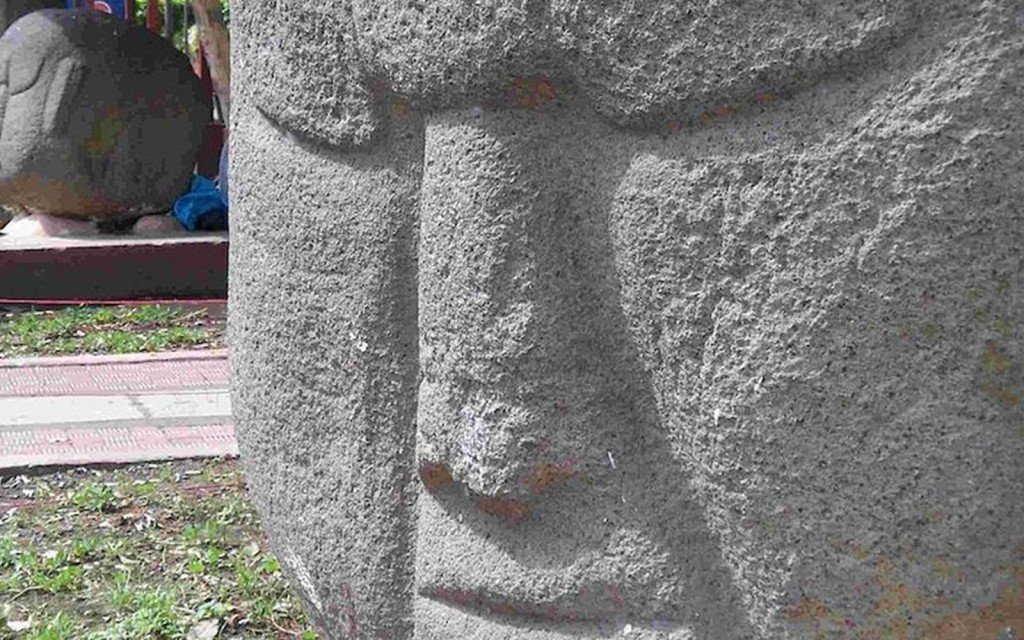Those of us with an interest in magnetism will be familiar with the stories of our early encounters, such as that of the Greek shepherd Magnes and the Chinese early compass, but this might test you… were you aware of its role in ancient America?
It has only recently come to light that people in ancient Mesoamerica (which includes modern day Mexico, El Salvador, Costa Rica, Honduras and Guatemala) were familiar with magnets as far back as 1400-1000 BC. Archaeological findings from Olmec and Mayan ruins have unearthed sculptures of basalt rock, termed “Fat Boys” that possess magnetic properties in specific locations, like the temple and the navel. The carvings are from a single block of stone and stand around four feet tall.
It shows us that there’s still so much to discover about one of the four fundamental forces – electromagnetism.
Mourino provided a historical perspective of magnetism in the Journal of Radiology and takes recorded history back to circa 1000 BC, when Magnes the shepherd was walking on Mount Ida in the Troad in Mysia (now Turkey). Suddenly, he was strongly drawn to the earth by the tacks in his sandals where he dug to discover magnetite (the mineral lodestone).
Academic text books, like that written by Mattis, claim that the original discoveries were made in China, even as far back as 3000-2500 BC, while Merrell points to written evidence suggesting 600 BC, when the Greek philosopher Thales of Miletus described the attraction between magnetite-rich lodestone and fragments of iron.
From the book by Vincent H. Malmström, available online…
Of course, the enigma posed by the “Fat Boys” is really a double-barrelled one. First, we must ask if their sculptors were actually aware of their magnetic property and, if so, how they might have initially recognised it, especially in the presumed absence of iron. Or, on the other hand, might not the localisation of magnetic poles within these sculptures have been simply a matter of chance? And second, if the magnetic property of each of these stones was indeed known, what prompted their sculptors to associate this mystical force with such localised parts of the body as the right temple and the navel?
From The Harvard Gazette…
Led by Assistant Professor of Earth and Planetary Sciences Roger Fu, a team of researchers has shown that artisans carved the figures so that the magnetic areas fell at the navel or right temple — suggesting not only that Mesoamerican people were familiar with the concept of magnetism but also that they had some way of detecting the magnetised spots. The study is described in an April 12 paper published in the Journal of Archaeological Science.
“In the Old World, there was some documentation of magnetism in the Greek world by the sixth century [BCE], and the first usable compass wasn’t until centuries later in China,” Fu said. “To me, what’s really interesting is this is a completely independent discovery. There’s a perception that the Old World is the advanced world and transferred all this knowledge to the New one, but we are realizing that they knew a lot, and I think this is one more piece of evidence for that.”
The ancient findings offer more questions than answers, but provides yet another intriguing mystery of ancient civilisations along with the likes of the Egyptian pyramids and Stonehenge of England.
How did this culture come to know about magnetism, especially since there’s no archaeological evidence that they had discovered iron? How did they detect the magnetic field? Could it be that that there were members of the tribe who could sense magnetic fields? Could the magnetic field in the Fat Boys have been induced by the channelling of lightning through such individuals, a process known as ‘lightning-induced remanent magnetisation’?
REFERENCES
Barbarossa Eva. Magnet: Object Lessons. Bloomsbury Academic, Ney York. 2020
Malmström, Vincent H. Cycles of the Sun, Mysteries of the Moon. University Of Texas Press. 1997. Available online
Mattis, Daniel C. The Theory of Magnetism Made Simple. World Scientific Publishing Co, Singapore. 2006
Merrell, M.T. The Magnetic Field of the Earth: Paleomagnetism, the Core, and the Deep Mantle. Academic Press, San Diego. 1998
Mourino, MR (1991). Historical Perspective of Magnetism; From Thales to Lauterbur, or From the Lodestone to MR imaging: Magnetism and Medicine. Radiology 1991; 180(3):593-612. PMID: 1871268
Fu, RR. (2019). Knowledge of magnetism in ancient Mesoamerica: Precision measurements of the potbelly sculptures from Monte Alto, Guatemala. Journal of Archaeological Science. 2019; 106:29-36. https://doi.org/10.1016/j.jas.2019.03.001
Images credits
Main image: https://commons.wikimedia.org/wiki/File:Barrigones_of_La_Democracia_Escuintla_Guatemala.jpg
Other images: https://news.harvard.edu/gazette/story/2019/07/harvard-study-reveals-ancient-mesoamericans-knowledge-about-earths-magnetism/

